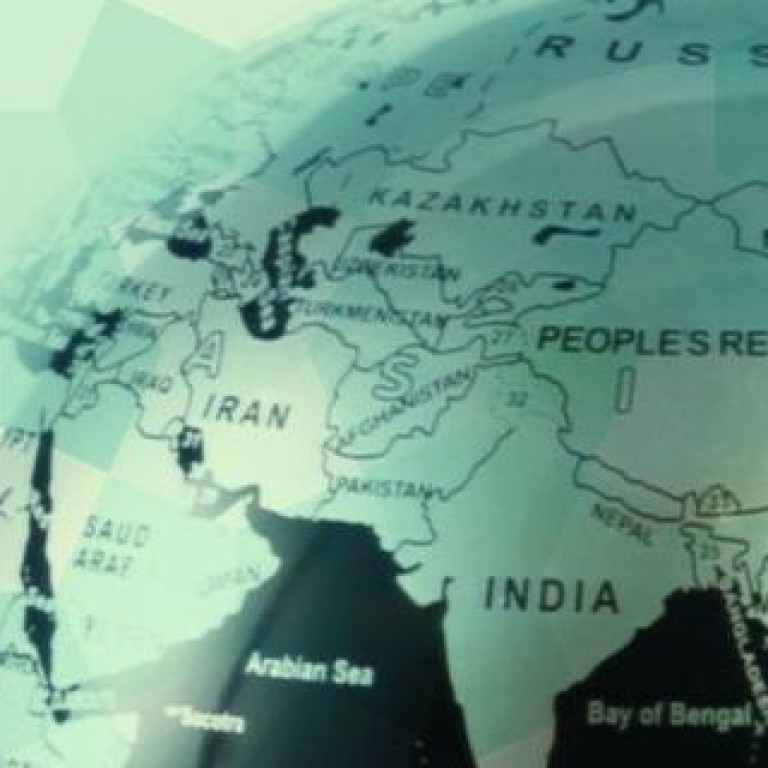
Hong Kong watches and waits for better business opportunities in the Philippines
Rising economy and Duterte’s diplomacy raise commercial hopes, but corruption and red tape still linger
Hong Kong and the Philippines have enjoyed a strong trading relationship over the years, and this has potential to improve. With recent changes to policies in the geopolitical sphere, particularly with President Rodrigo Duterte’s diplomatic move away from Washington and towards Beijing, Hong Kong may benefit with increased business opportunities.
While there are concerns about Duterte’s human rights record, the country has seen robust growth of late, with the Hong Kong Trade Development Council (HKTDC) estimating that its economy expanded by 6 per cent in 2016, with more gains expected.
“The IMF expects the Philippines to maintain similar GDP growth in 2017 on the back of continued domestic demand and modest fiscal stimulus, which will spur it to be the fastest-growing economy among the five largest Asean economies in 2016,” it said in a recent report.
“All these factors bode very well and the country is changing for the better, rather than changing for the worst. The macro and domestic environment is positive. They have a five-year development plan in place and the Philippines is one of the fastest-growth countries in Asia, and wants to be an upper-middle-income country,” says Dickson Ho, HKTDC’s principal economist of Asian and emerging markets.
Hong Kong-Philippines trade involves telecoms, office equipment and parts, electronics, semiconductors, and computer gear.
“Political change in the country will not immediately impact trade, being more macro in nature, although there may be a spill-over effect. In fact, the general economy is expected to get better, and the country is Hong Kong’s fifth-largest export market in Asean, and ranks as the 11th largest trading partner of Hong Kong,” Ho says.
Japan and the US are the Philippines’ top export markets respectively, and Hong Kong still is a significant market for the country, ranking third overall.
“It is really too early to see if there will be change or not, and we will have to take a wait-and-see approach,” Ho says.
While the Philippines forms a significant destination for Hong Kong goods, it also has a large role in the city’s economy.
According to HKTDC, there were more than 180,000 Filipinos in Hong Kong as of October 2016, with over 30 companies from the country having offices in the city as of June 2016. In the first 11 months of 2016, there were over 700,000 visitors from the Philippines to the city.
The business outsourcing services sector is worth watching. While it braces for the possible withdrawal of US businesses from the call-centre and business services operations as a spillover of the Donald Trump presidency, other regions including Hong Kong could see a rise in partnership with the country.”
In particular, businesses in Singapore, mainland China, Europe, Japan and Hong Kong are being wooed as possible replacements for the loss of any US work,” said HKTDC special correspondent Geoff de Freitas in a recent report. “It is believed that Hong Kong companies could supply the training needed for Philippines businesses to serve many other Asian countries, most obviously China,” he added.
If bilateral relations between Philippines and mainland China improve, Hong Kong engineering infrastructure companies would have a greater role to play riding on China’s belt and road initiative, just like they have in Vietnam, Indonesia and Malaysia
Opportunities may also arise in other areas, particularly related to infrastructure.
“Chinese enterprises are starting to become more interested in the Philippines, and China has invested in many Asean countries, but they made an indication that they will be in railways in the Philippines,” Ho says.
“If bilateral relations between Philippines and [mainland] China improve, Hong Kong engineering infrastructure companies would have a greater role to play riding on China’s belt and road initiative, just like they have in Vietnam, Indonesia and Malaysia.”
In the past few years, leading credit agencies have enhanced the Philippines’ ratings significantly, while the majority of the country’s population is not impacted by the age crisis affecting many developed nations. “As the country enters a demographic sweet spot, where the majority of the over 100 million Filipinos would be within the working-age group, the nation’s attractiveness as a global investment destination is further strengthened. This puts the country in a strong and enviable position to benefit from upcoming developments in the Asian regional landscape,” said a recent Baker McKenzie report.
However, an International Monetary Fund report from July 2016 on the Philippines mentioned: “Infrastructure quality and social indicators are still below those of peers. The unemployment rate has fallen to a decade-low of 5.3 per cent, but significant underemployment and poverty remains.”
Ho concurs: “Overall infrastructure is not that great on the whole ... but the consumer market is robust ... ,” he says.
“But the Philippines is still affected by many impediments to doing business, and among other things, corruption, red tape, so it’s not entirely easy to do business [there], and hopefully this will improve with the new regime.”
